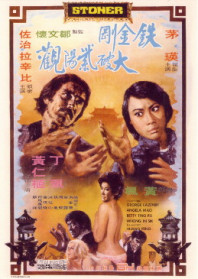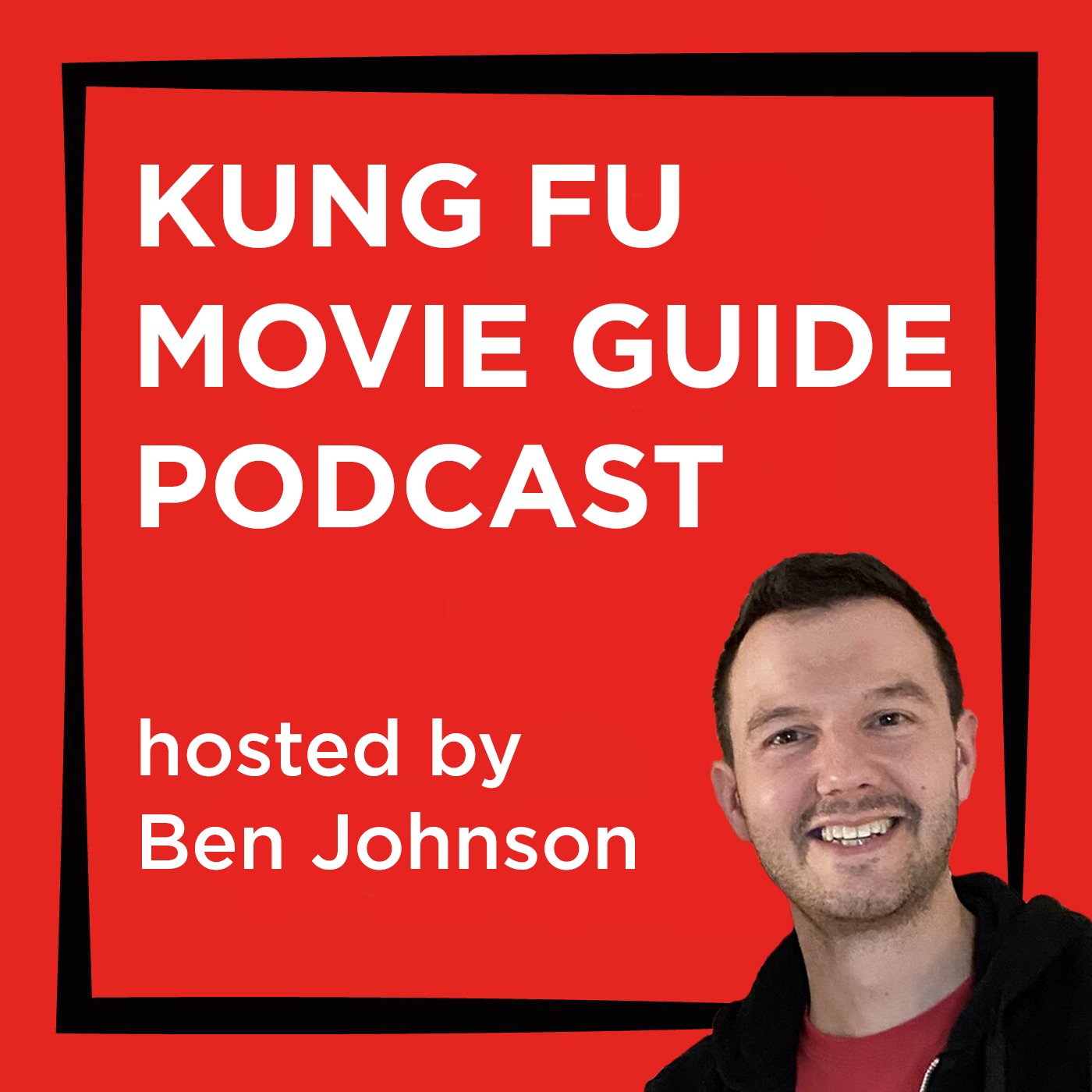
Former Australian model and James Bond star George Lazenby had already signed a three picture deal with Golden Harvest to star alongside Hong Kong’s biggest action hero, Bruce Lee, when his future co-star was pronounced dead at 32. The first of these films was to be Game of Death, and Lazenby, Lee, Golden Harvest producer Raymond Chow and the actor Betty Ting Pei were all scheduled to discuss the project on the night of Lee’s passing. This film – originally titled The Shrine of Ultimate Bliss – was scheduled to be Lee and Lazenby’s next project together, salvaged by Golden Harvest in a new deal with the former Bond star which would also include the contemporary-set Australian co-production The Man from Hong Kong (1975) – in which Lazenby played the brutish colonial villain to Jimmy Wang Yu‘s Bond-like hero – and the supremely odd UK-based A Queen’s Ransom (1976).
Stoner feels staggeringly disjointed: part paranoid psycho-sexual attack on free-love hippy culture; part US-style cop movie; part international spy film and part old school kung fu movie. Lazenby famously struggled to adjust to Hong Kong filmmaking due to the language barrier, and he seems only partially aware of what’s going on during the film. He proved in On Her Majesty’s Secret Service to be more than Connery’s equal in terms of sheer physicality, and although not the most graceful of fighters, he carries himself well under the complex demands of Sammo Hung‘s choreography. Of course, there is a marked difference when Angela Mao steps into action, particularly during the final bout with super-kicker Hwang In-shik, which is easily the best fight scene of the lot.
Lazenby plays a drugs enforcement officer called Stoner (ba-doom). He’s a fast-driving, big lapel-wearing no-nonsense lothario who gets casually invited into random shower scenes full of naked women. (He is also constantly referred to as being from America, despite a location-based set-up which clearly shows the Sydney Opera House and Harbour Bridge). But a new drug from China called the Happy Pill is turning the hippy elite into depraved, ritualistic sex addicts. He arrives too late for the scrambled Melanie, who manages to mumble, “I… want… more… men,” before popping her clogs. So he boards the next Qantas jet to Hong Kong to investigate.
This runs parallel with a much more interesting story in which the always-effervescent Angela Mao plays an undercover supercop, cross-dressing as a peasant boy to sneak into the underground lair of the Happy Pill pusher. The culprit is Mr Chin (Takagi Joji), who plots his drug-dealing empire from behind a revolving desk, a world map with flashing lights lifted from Dr. Strangelove‘s war room and the kind of sliding doors you would find on Star Trek, clearly installed at some considerable expense to the film’s budget. He’s the sort of smartly-suited baddie who hires naked barmaids to pour him and his cronies expensive brandy (come on, it was the seventies). Betty Ting Pei plays the double-crossing gangster’s moll in an unflattering supporting role (particularly given her association to the late Bruce Lee, who had died in her Hong Kong apartment only a year before), and Sammo drops in occasionally to give Lazenby something to kick.
Angela Mao Ying probably comes out of it looking the best, even getting her own Bruce Lee moment as she stalks the underground drug lab before being thrown in a cage. Ultimately it’s quite an ugly picture, and you wonder whether even Bruce almighty could have salvaged such a bizarre and ill-gotten premise.
AKA: Hong Kong Hitman; A Man Called Stoner; Shrine of the Ultimate Bliss; The Shrine of Ultimate Bliss.
- Country: Hong Kong
- Action Director: Chan Chuan, Sammo Hung Kam-bo
- Directed by: Huang Feng
- Starring: Angela Mao Ying, Betty Ting Pei, George Lazenby, Hwang In-shik, Sammo Hung Kam-bo, Takagi Joji, Yeng Wei
- Produced by: Raymond Chow Man-wai
- Written by: Huang Feng, Ni Kuang
- Studio: Golden Harvest












